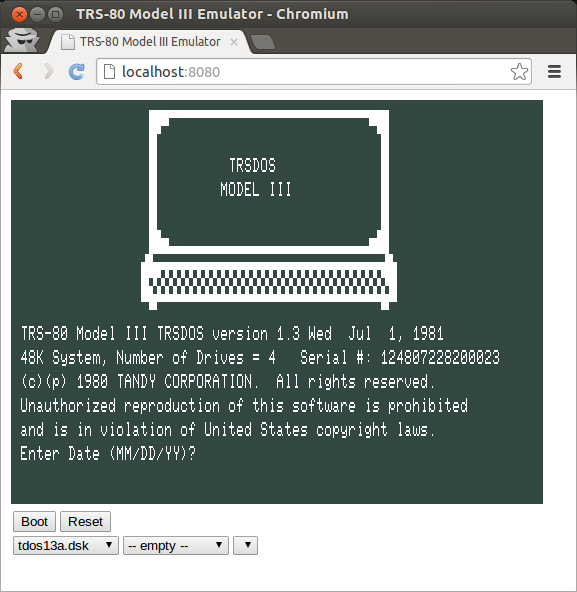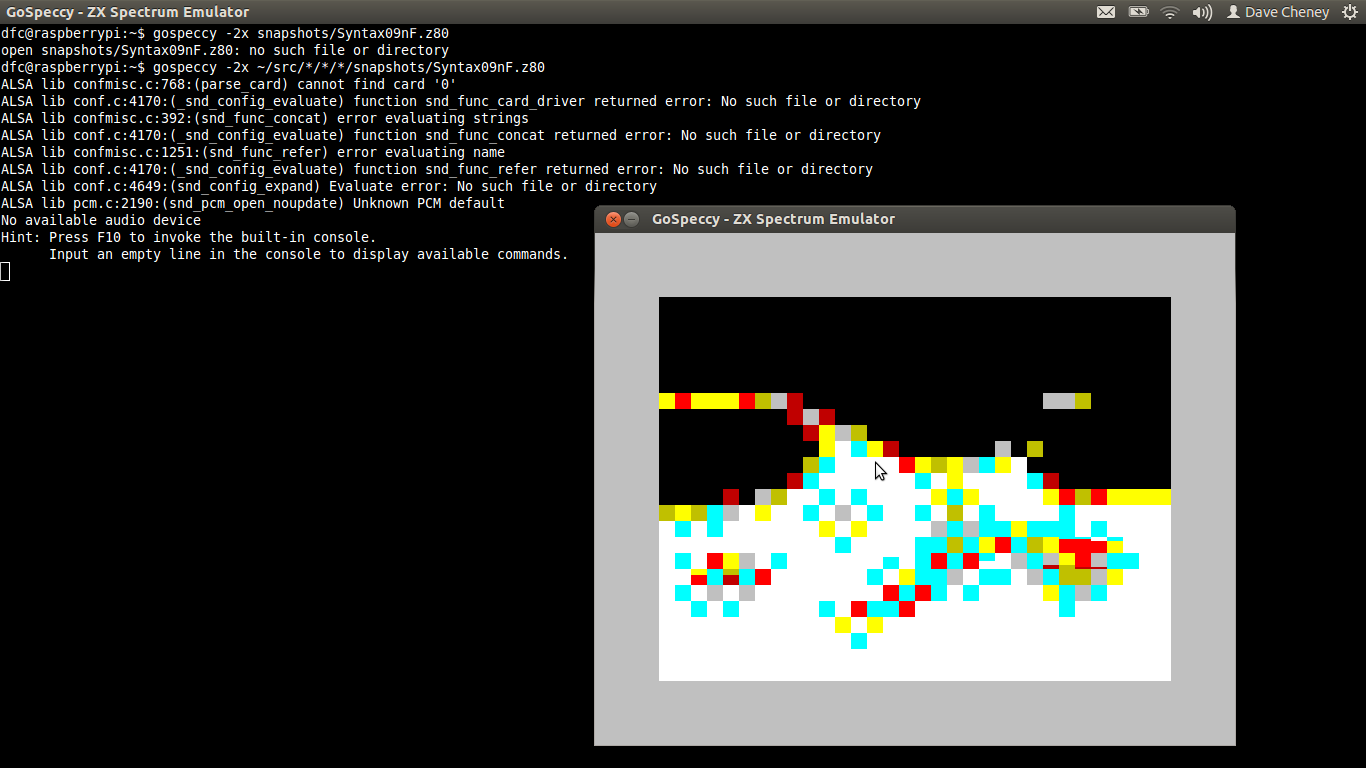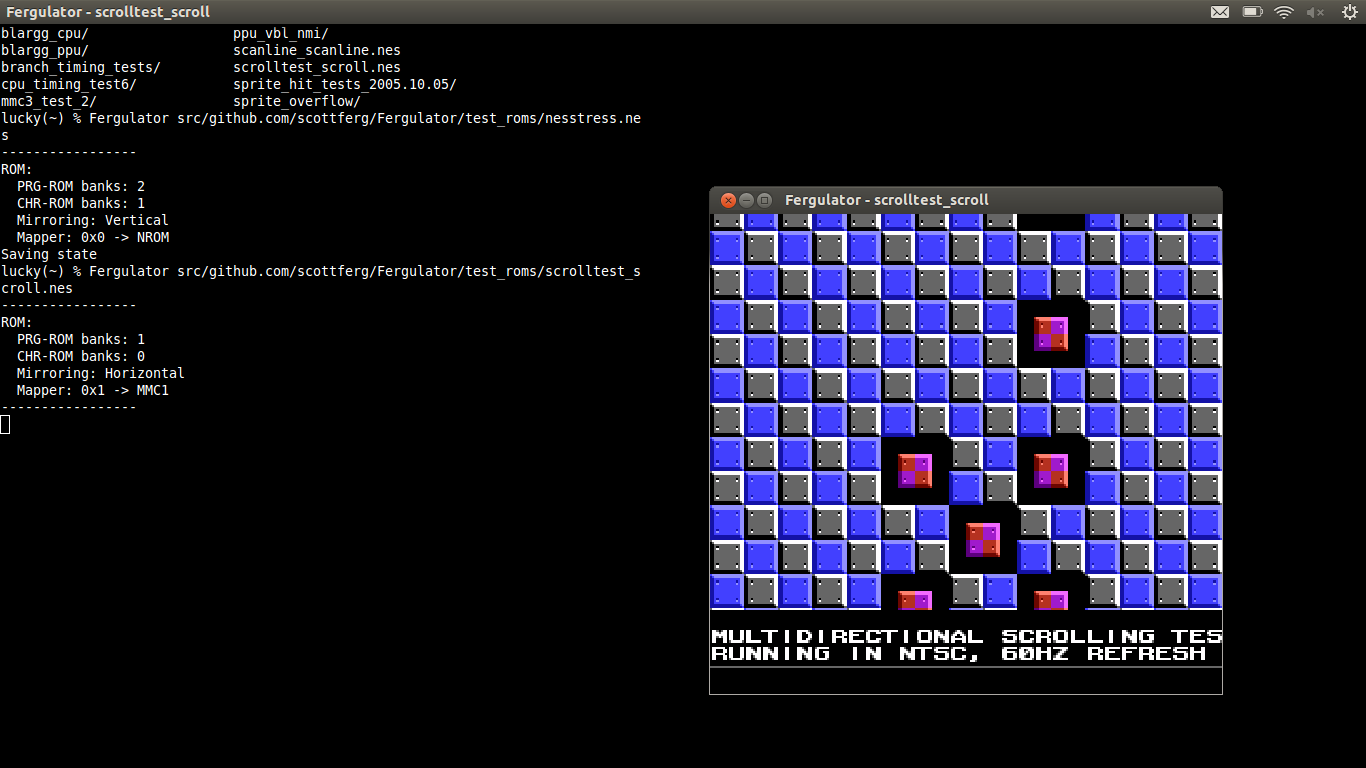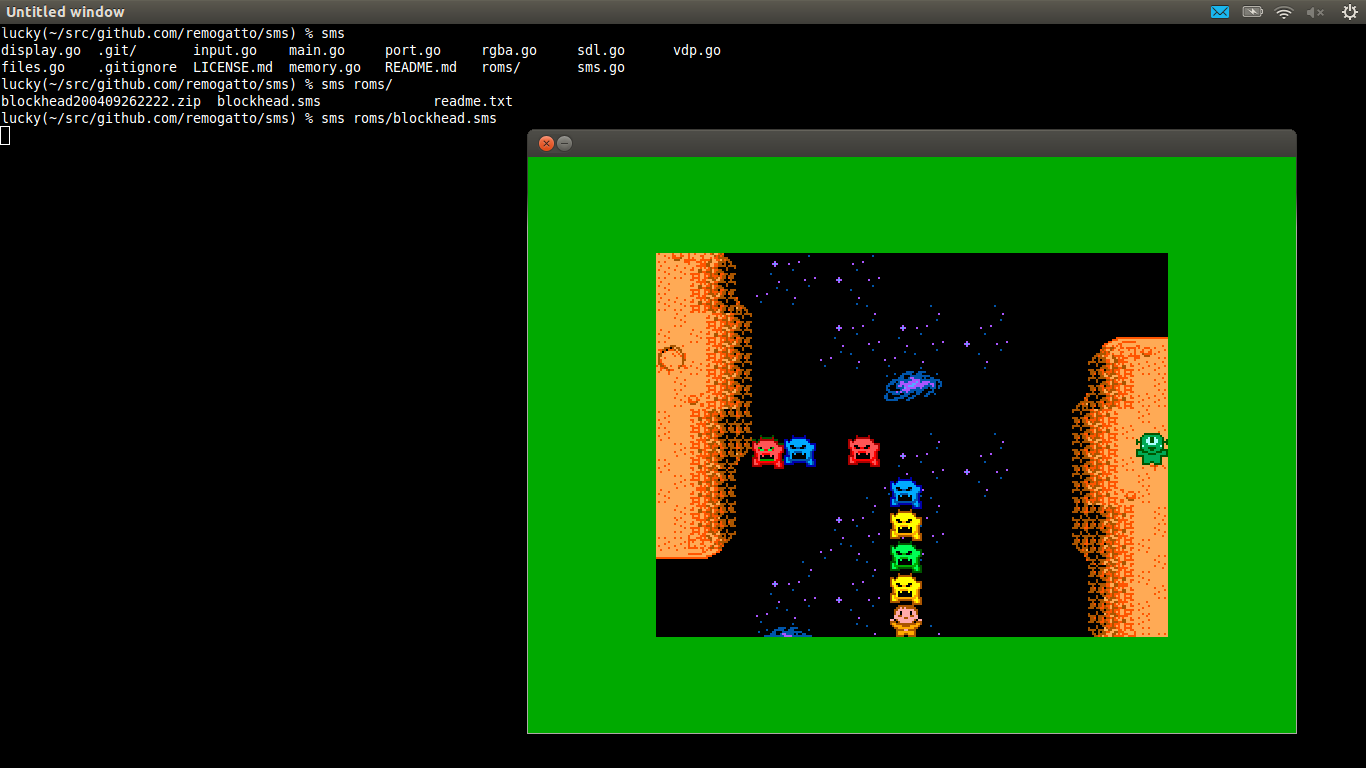Channels are a signature feature of the Go programming language. Channels provide a powerful way to reason about the flow of data from one goroutine to another without the use of locks or critical sections.
Today I want to talk about two important properties of channels that make them useful for controlling not just data flow within your program, but the flow of control as well.
A closed channel never blocks
The first property I want to talk about is a closed channel. Once a channel has been closed, you cannot send a value on this channel, but you can still receive from the channel.
package main
import "fmt"
func main() {
ch := make(chan bool, 2)
ch <- true
ch <- true
close(ch)
for i := 0; i < cap(ch) +1 ; i++ {
v, ok := <- ch
fmt.Println(v, ok)
}
}
In this example we create a channel with a buffer of two, fill the buffer, then close it.
true true true true false false
Running the program shows we retrieve the first two values we sent on the channel, then on our third attempt the channel gives us the values of false and false. The first false is the zero value for that channel’s type, which is false, as the channel is of type chan bool. The second indicates the open state of the channel, which is now false, indicating the channel is closed. The channel will continue to report these values infinitely. As an experiment, alter this example to receive from the channel 100 times.
Being able to detect if your channel is closed is a useful property, it is used in the range over channel idiom to exit the loop once a channel has been drained.
package main
import "fmt"
func main() {
ch := make(chan bool, 2)
ch <- true
ch <- true
close(ch)
for v := range ch {
fmt.Println(v) // called twice
}
}
but really comes into its own when combined with select. Let’s start with this example
package main
import (
"fmt"
"sync"
"time"
)
func main() {
finish := make(chan bool)
var done sync.WaitGroup
done.Add(1)
go func() {
select {
case <-time.After(1 * time.Hour):
case <-finish:
}
done.Done()
}()
t0 := time.Now()
finish <- true // send the close signal
done.Wait() // wait for the goroutine to stop
fmt.Printf("Waited %v for goroutine to stop\n", time.Since(t0))
}
Running the program, on my system, gives a low wait duration, hence it is clear that the goroutine does not wait the full hour before calling done.Done()
Waited 129.607us for goroutine to stop
But there are a few problems with this program. The first is the finish channel is not buffered, so the send to finish may block if the receiver forgot to add finish to their select statement. You could solve that problem by wrapping the send in a select block to make it non blocking, or making the finish channel buffered. However what if you had many goroutines listening on the finish channel, you would need to track this and remember to send the correct number of times to the finish channel. This might get tricky if you aren’t in control of creating these goroutines; they may be being created in another part of your program, perhaps in response to incoming requests over the network.
A nice solution to this problem is to leverage the property that a closed channel is always ready to receive. Using this property we can rewrite the program, now including 100 goroutines, without having to keep track of the number of goroutines spawned, or correctly size the finish channel
package main
import (
"fmt"
"sync"
"time"
)
func main() {
const n = 100
finish := make(chan bool)
var done sync.WaitGroup
for i := 0; i < n; i++ {
done.Add(1)
go func() {
select {
case <-time.After(1 * time.Hour):
case <-finish:
}
done.Done()
}()
}
t0 := time.Now()
close(finish) // closing finish makes it ready to receive
done.Wait() // wait for all goroutines to stop
fmt.Printf("Waited %v for %d goroutines to stop\n", time.Since(t0), n)
}
On my system, this returns
Waited 231.385us for 100 goroutines to stop
So what is going on here? As soon as the finish channel is closed, it becomes ready to receive. As all the goroutines are waiting to receive either from their time.After channel, or finish, the select statement is now complete and the goroutines exits after calling done.Done() to deincrement the WaitGroup counter. This powerful idiom allows you to use a channel to send a signal to an unknown number of goroutines, without having to know anything about them, or worrying about deadlock.
Before moving on to the next topic, I want to mention a final simplification that is preferred by many Go programmers. If you look at the sample program above, you’ll note that we never send a value on the finish channel, and the receiver always discards any value received. Because of this it is quite common to see the program written like this:
package main
import (
"fmt"
"sync"
"time"
)
func main() {
finish := make(chan struct{})
var done sync.WaitGroup
done.Add(1)
go func() {
select {
case <-time.After(1 * time.Hour):
case <-finish:
}
done.Done()
}()
t0 := time.Now()
close(finish)
done.Wait()
fmt.Printf("Waited %v for goroutine to stop\n", time.Since(t0))
}
As the behaviour of the close(finish) relies on signalling the close of the channel, not the value sent or received, declaring finish to be of type chan struct{} says that the channel contains no value; we’re only interested in its closed property.
A nil channel always blocks
The second property I want to talk about is polar opposite of the closed channel property. A nil channel; a channel value that has not been initalised, or has been set to nil will always block. For example
package main
func main() {
var ch chan bool
ch <- true // blocks forever
}
will deadlock as ch is nil and will never be ready to send. The same is true for receiving
package main
func main() {
var ch chan bool
<- ch // blocks forever
}
This might not seem important, but is a useful property when you want to use the closed channel idiom to wait for multiple channels to close. For example
// WaitMany waits for a and b to close.
func WaitMany(a, b chan bool) {
var aclosed, bclosed bool
for !aclosed || !bclosed {
select {
case <-a:
aclosed = true
case <-b:
bclosed = true
}
}
}
WaitMany() looks like a good way to wait for channels a and b to close, but it has a problem. Let’s say that channel a is closed first, then it will always be ready to receive. Because bclosed is still false the program can enter an infinite loop, preventing the channel b from ever being closed.
A safe way to solve the problem is to leverage the blocking properties of a nil channel and rewrite the program like this
package main
import (
"fmt"
"time"
)
func WaitMany(a, b chan bool) {
for a != nil || b != nil {
select {
case <-a:
a = nil
case <-b:
b = nil
}
}
}
func main() {
a, b := make(chan bool), make(chan bool)
t0 := time.Now()
go func() {
close(a)
close(b)
}()
WaitMany(a, b)
fmt.Printf("waited %v for WaitMany\n", time.Since(t0))
}
In the rewritten WaitMany() we nil the reference to a or b once they have received a value. When a nil channel is part of a select statement, it is effectively ignored, so niling a removes it from selection, leaving only b which blocks until it is closed, exiting the loop without spinning.
Running this on my system gives
waited 54.912us for WaitMany
In conclusion, the simple properties of closed and nil channels are powerful building blocks that can be used to create highly concurrent programs that are simple to reason about.



